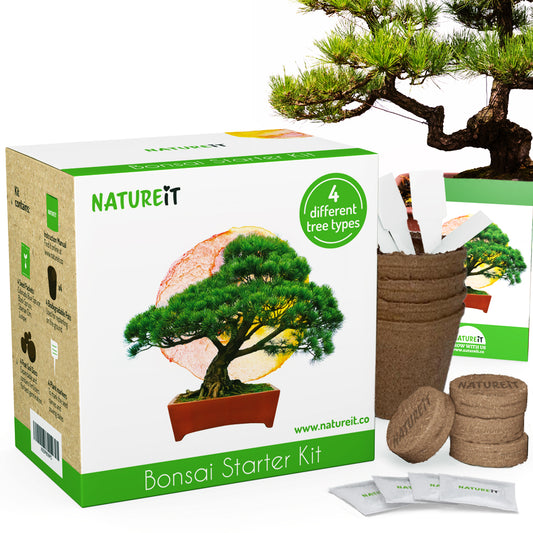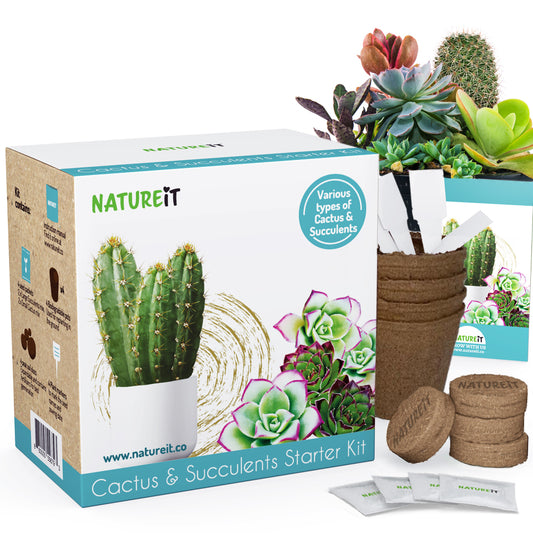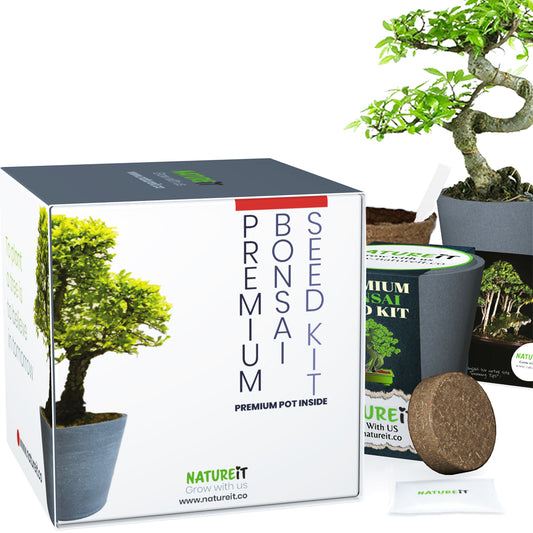Watering is one of the most important aspects of bonsai care. Bonsai trees are grown in small pots, which can dry out quickly. It's important to keep the soil moist, but not too wet. The frequency of watering depends on several factors, including the species of tree, the size of the pot, and the environment in which it is kept. As a general rule, you should water your bonsai tree when the soil begins to feel dry to the touch. You can also use a moisture meter to determine the level of moisture in the soil. When watering, make sure to water thoroughly, until water begins to drain out of the bottom of the pot. 
Pruning is another important aspect of bonsai care. Pruning is done to shape the tree and to remove unwanted branches and foliage. It's important to prune your bonsai tree regularly in order to maintain its shape and to promote new growth. When pruning, use sharp pruning shears and make clean cuts at a 45-degree angle. Be careful not to remove too much foliage at once, as this can stress the tree.
Fertilizing is also important for bonsai trees. Bonsai trees are grown in small pots, which can limit their access to nutrients. It's important to fertilize your bonsai tree regularly in order to provide it with the nutrients it needs to thrive. There are many different types of bonsai fertilizer available, including liquid and solid fertilizers. When fertilizing, follow the instructions on the package and be careful not to over-fertilize, as this can damage the tree.
In addition to these basic care tips, there are a few other things you can do to keep your bonsai tree thriving. One important aspect of bonsai care is to keep your tree clean. This includes removing dead leaves and debris from the soil, and wiping down the leaves and branches with a damp cloth. Keeping your tree clean can help prevent pests and diseases from taking hold.
Another important aspect of bonsai care is to monitor the tree for signs of stress or disease. Common signs of stress include wilting, yellowing leaves, and stunted growth. If you notice any of these signs, it's important to take action to address the underlying problem. This may involve adjusting your watering or fertilizing routine, or treating the tree for pests or diseases.
Finally, it's important to choose the right bonsai tree for your environment and level of experience. Some species of bonsai trees are more forgiving than others, and require less care and attention. It's also important to choose a tree that is appropriate for your environment. If you live in a dry climate, for example, you may want to choose a tree that is more drought-tolerant. 
In conclusion, bonsai care is a complex and rewarding process that requires careful attention and care. By following these basic care tips, you can keep your bonsai tree healthy and beautiful for years to come. Remember to water your tree regularly, prune it regularly to maintain its shape, fertilize it to provide it with the nutrients it needs, and monitor it for signs of stress or disease. With a little bit of patience and care, you can enjoy the beauty and tranquility of your bonsai tree for many years to come.





